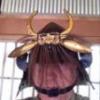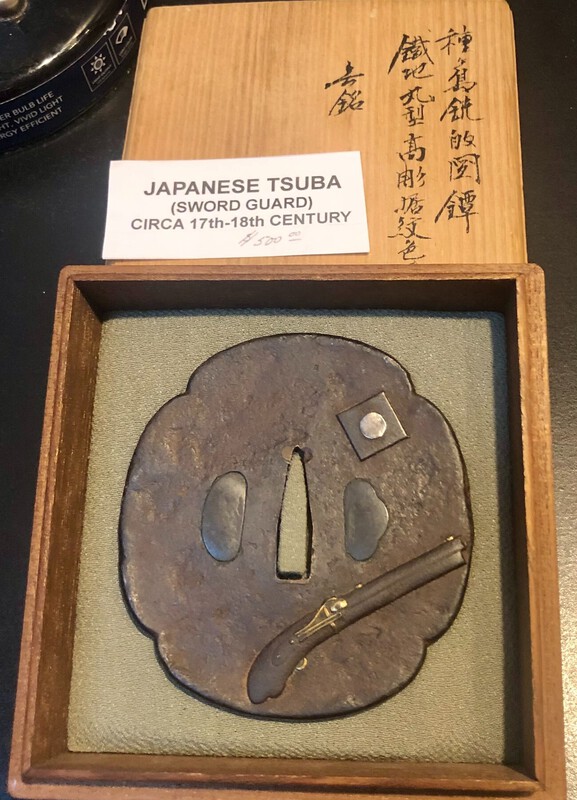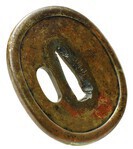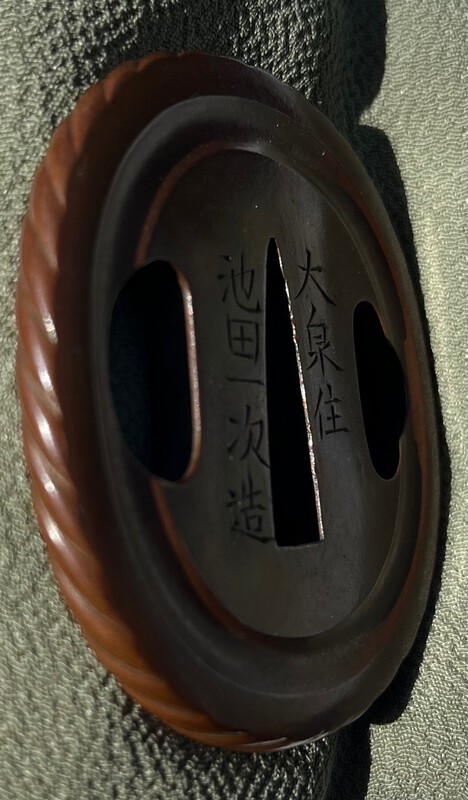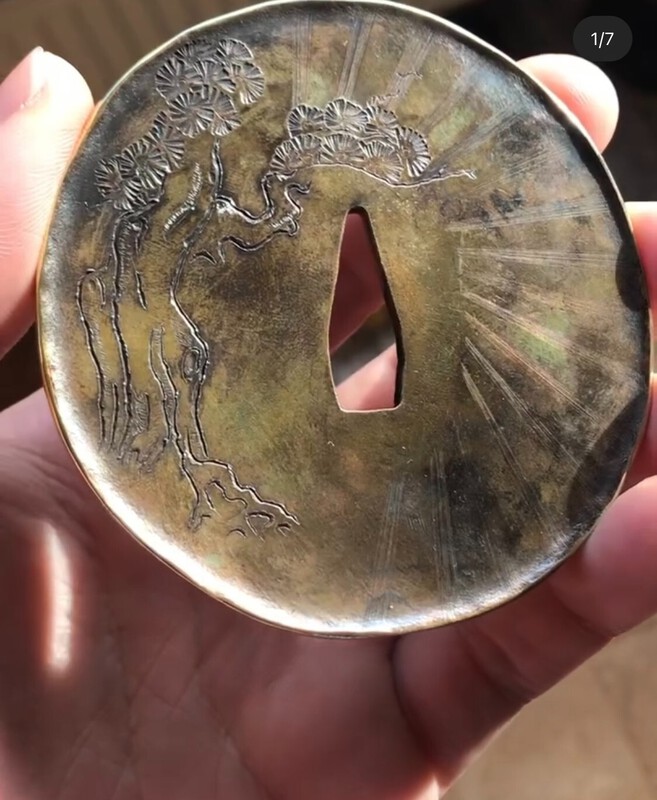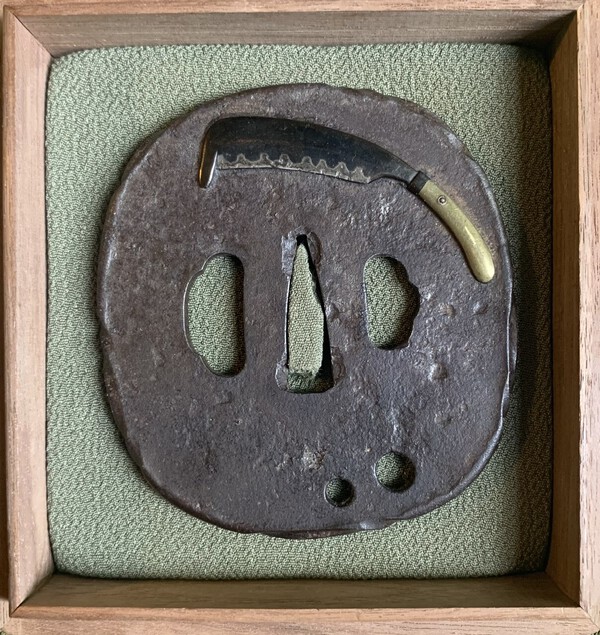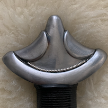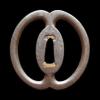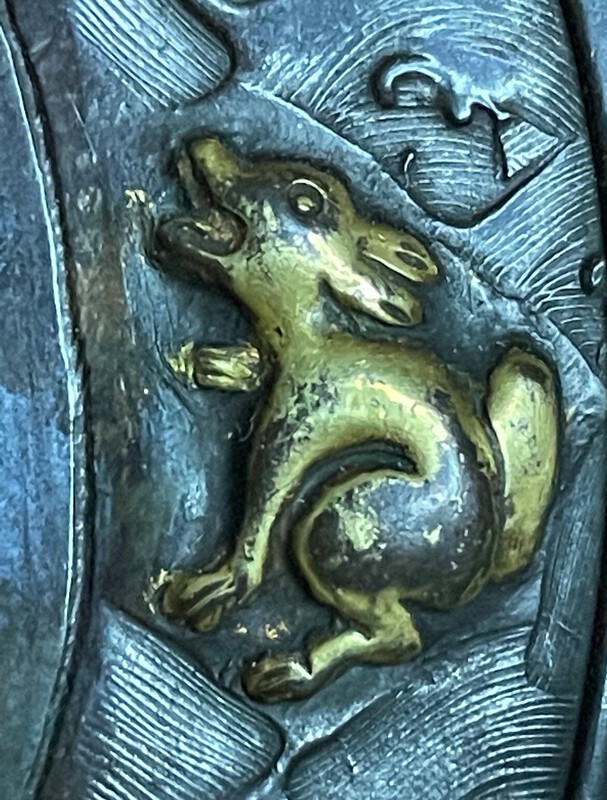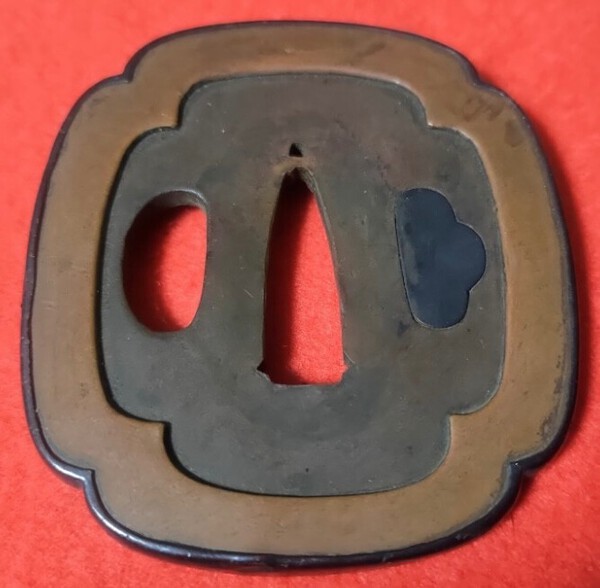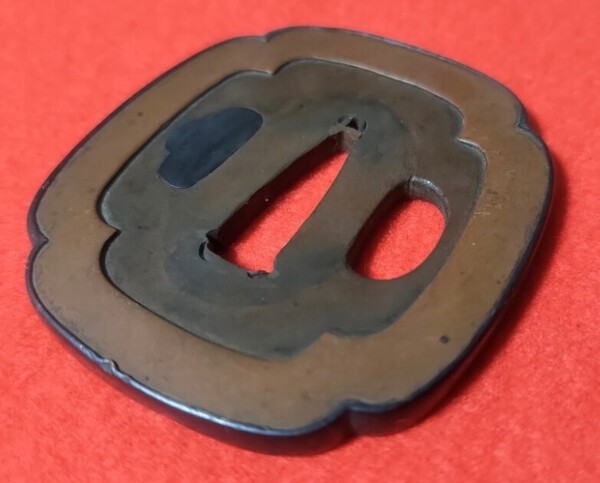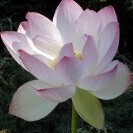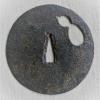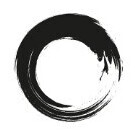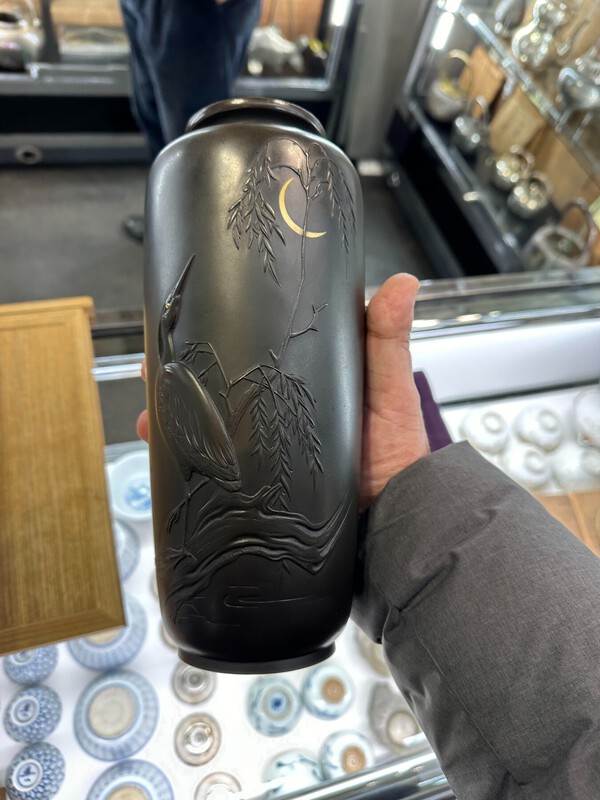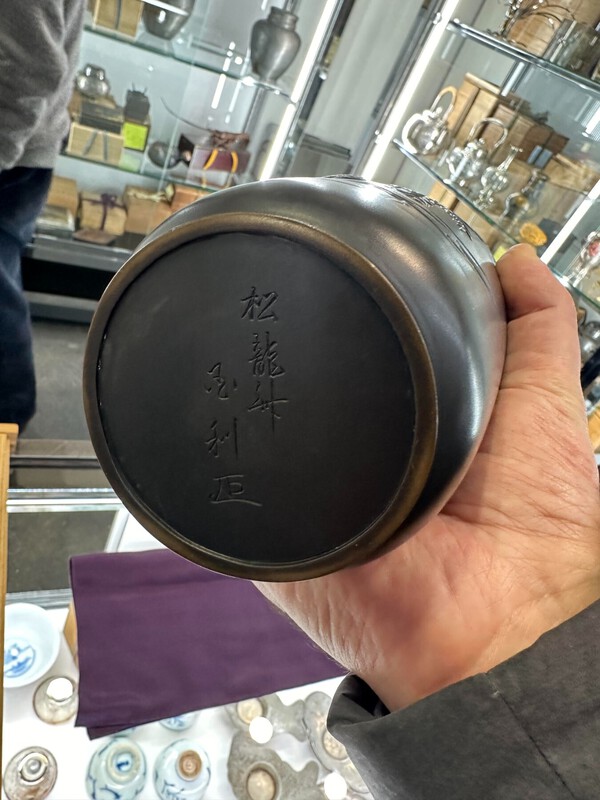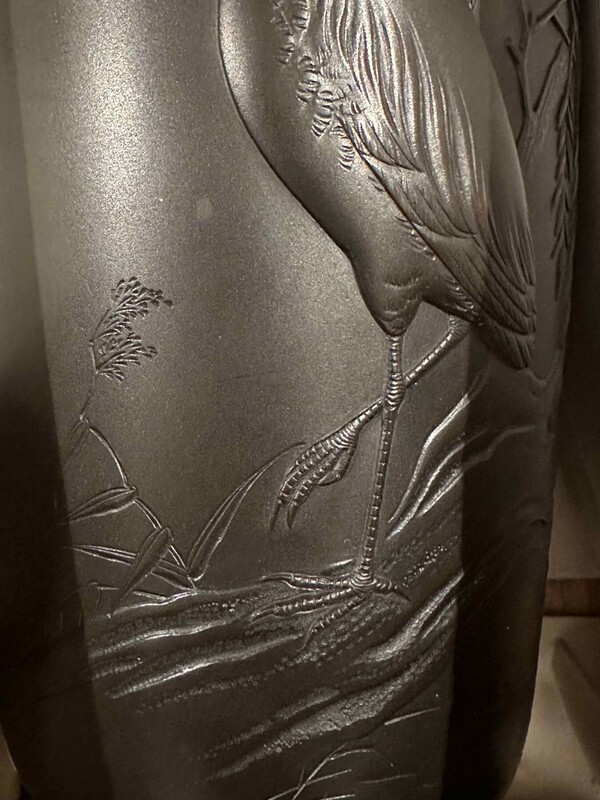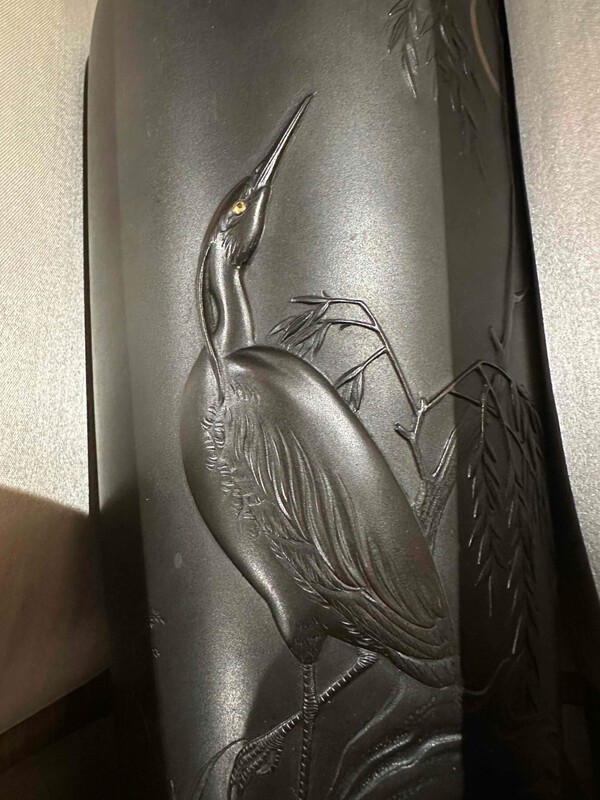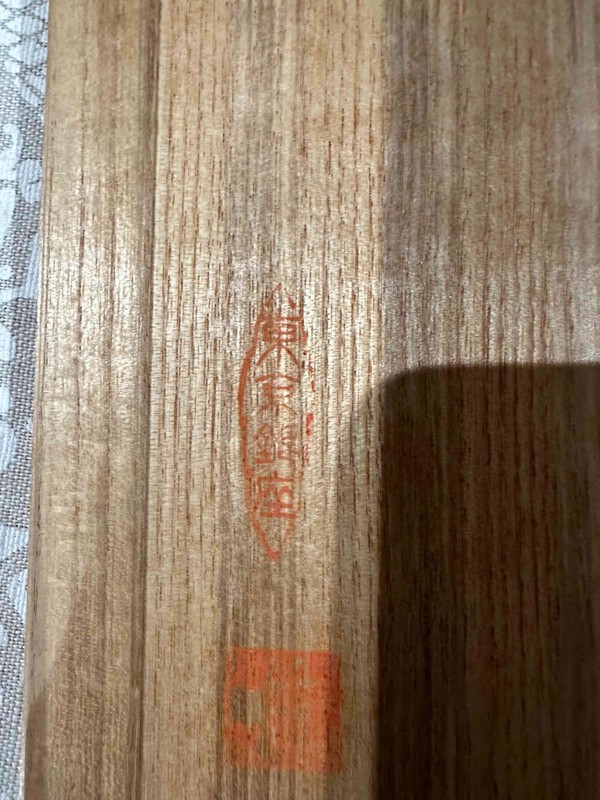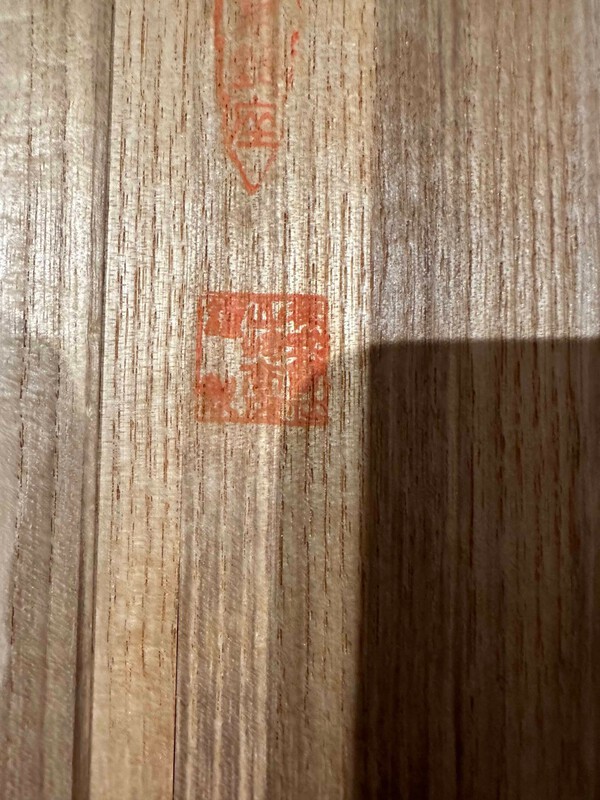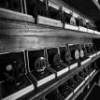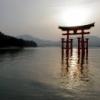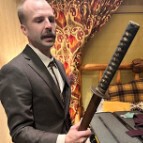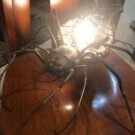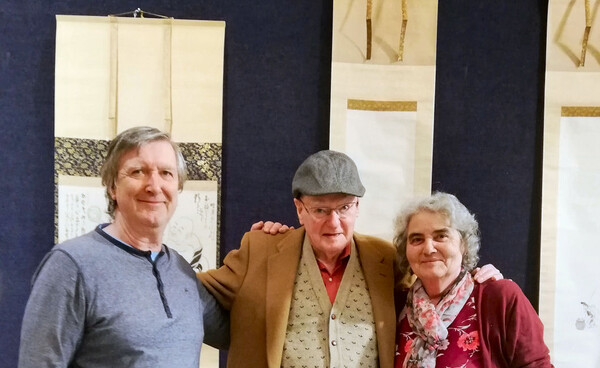Leaderboard
Popular Content
Showing content with the highest reputation on 04/05/2024 in all areas
-
8 points
-
4 points
-
4 points
-
3 points
-
3 points
-
Hello all! My Dad, Otto, collected Samurai swords for over 45 years and lived in South Australia. Unfortunately he has alzheimers and dementia and I have slowly been going through his collection and slowly selling items. Through this forum I have gotten in touch with people he used to know and all of them have been incredibly helpful. I am also at the start of my journey and I am looking forward to learning and communicating with other forum members. Plus sharing my journey on the way which has already started! Seeya around! Cheers Mark/South Australia3 points
-
Hello Victor, Reiterating Franco's comments. It's often difficult to just look at a mei and validate the authenticity. This is especially difficult with lesser-known smiths. And still more difficult if, as in this case, some part of the mei is illegible. If the mei is supposed to be Kanetsune, we can say that the final kanji doesn't really look like 常 (tsune). it looks more like 定 (sada). But its too eroded to say with any confidence. And, if there is no known smith who signed as "Kanda-jū Kanesada", then we're stuck with a Kanetsune mei that doesn't look very convincing. But as Franco says, the normal thing to do is to look at the sword and make a judgment as to whether or not the sword looks like a sword from Kanetsune. There is too much uncertainty to say whether the sword is gimei or not (but it definitely looks problematic to me).3 points
-
2 points
-
Western names are usually transliterated phonetically into Japanese using katakana, so that would be somewhat unusual, I suppose. That said, one possible reading of 哥德呀 in Japanese would indeed be Kadeya which does sound a bit like Cardeilhac. Alternatively, could it have been a Chinese transliteration instead? The standard Chinese reading of 哥德呀 is Gedeya, and all three characters are very commonly used for Western names.2 points
-
https://babel.hathit...=uiug.30112105828336 Found this nice write up, while trying to find a past auction. Hope and trust it is of interest.2 points
-
An updated version is available in the downloads section with colour images and museum accession numbers that I did back in October 2023.2 points
-
As far as I could understand I tried to read. 越前国康継 小札 – Echizen no kuni Yasutsugu, Kofuda 磨上無銘□□□□ – Suriage mumei + something 審定二代康継□□□ – Attributed to Yasutsugu 2nd+ something 昭和拾一年霜月上浣 – Showa 11th year, early Novenber 長壱尺参寸九分 – Length: 1-shaku 3-sun 9-bu 時代 寛永 – Era: Kan'ei 本阿弥宗景 – Hon’ami Sokei2 points
-
2 points
-
Good deals if you actually get a decent sword. He sold me one with a fukure going through the hamon on both sides and played it off like it was no big deal. It still sickens me to look at it.2 points
-
Now you can begin to appreciate what a professional fittings restorer has to go through. Regards2 points
-
Hello Victor, Of course, when it comes to mei verification the answer is "shinsa." However, with some patience perhaps one of the good folks here will chime in with an opinion? Regards "The sword confirms the mei and not the other way around." p.s. The importance of a library when it comes to nihonto collecting cannot be overstated. As a collector your homework should have already been well on its way to researching the object of your desire, and I'm not talking about only the mei, before completing the sale. Of course the mei, that is, if the sword has one, is of importance. But more importantly is the research that says that yes indeed this sword is in fact what it purports to be. If kantei is the foundation of sword appreciation as the Japanese claim it to be, then it should also make up the foundation for our sword collecting as well. Collecting nihonto is an open book test! One should know the answer before completing the exam.2 points
-
I stumbled across Hawley's books in my Dad's library - which are now part of my Nihonto journey ( @Bazza - I am still looking up from the bottom of the well and it's still dark!) I Googled his street address and amazingly his website is still operational, link: http://www.wmhawley.com/ I also saw a real estate link and the empty house is sad to see considering how "overflowing" the house was when he resided there. Link: https://www.zillow.c...90046/20797595_zpid/ Thanks @Ian B3HR2UH for posting about his story being in a newsletter of the Token society of Great Britain. I found the link of that newsletter and his story is fascinating to say the least! I have attached the newsletter here. @Ian B3HR2UH - you mentioned that the second biggest advancement that you made in collecting was Hawleys books - would love to know what the first advancement was! Programme 78 January-February 1974.pdf2 points
-
Henry, EDO JIDAI = mostly SHINTO, except the short SHINSHINTO period. You may get closer to the age (which is less important than the quality of a blade) when you find out more about the smith > seventh generation YOSHIMITSU. There have been many YOSHIMITSU, but who signed this way? You may need some books for the research. To me, your YOROIDOSHI looks to be at least early EDO.1 point
-
1 point
-
Looks like this may be : Nanadai (7th generation) Norimitsu saku 七代法光作1 point
-
Well, this is for sure a pretty good information and example. As I am conservator of antiquities, except my coffee company, I know that they can make rust but until now I wasn't sure for patina too. Always learning of course. I really appreciate it and thank you so much for your knowledge that you shared!1 point
-
George well the main thing is that you are happy and that’s what really matters. It is obviously a very interesting sword, I hope it brings you pleasure. Just my opinion, but I think it’s pretty shabby behaviour not to declare 7 hagire. “Some issues” doesn’t really cut it. A clever description that can be “hidden behind”.1 point
-
1 point
-
This tsuba reminds me strongly of one of mine. (Not a matchlock though, sadly.) Interesting that the (part) description calls it 丸型 marugata. Oops, crossed with Stephen!1 point
-
Hi Kirill, its fun and most of the time Kantei. Almost every meeting has some highlights.. So you are very welcome!1 point
-
HI Mark , meeting Barry Thomas was the first big step . Regards Ian1 point
-
Meiji period C1900+- judging by foot rim wear it’s patinated bronze. That colour and texture is common for the period but it’s lovely quality.1 point
-
1 point
-
Just to follow up; the wrap could still be period, though not original. Field alterations done by the service personnel who owned the sword was quite common. in fact, there were teams of official repair personnel that did field repairs on swords, though these would be done to military specs. John C.1 point
-
Thanks for this one Peter, I hadn't read this one yet, but I have the perfect chance to cite it at the moment, in a study. Page 155 brings up a point that is often asked, which side is the omote when both are identical? I usually say the omote is the side with tagane ato, if there are none, then I say the side in best condition (or most remaining zogan). I have a utsushi to the example they have given (fig4), in this case I had to go with condition (one side had slightly better nunome zogan). It would be interesting to see what others have to say. Back on topic though, I will definitely confirm the importance of using a lighted base support. It is basically the only way to take the shadows out of the sukashi, without affecting the colour and contrasts of the Tsuba plate. I still can't get it right, there is always a compromise, especially when shadows are needed to convey the relief of carvings.1 point
-
My guess is shibuichi. The box says 東京銀座 Tokyo Ginza 株式会社 Kabushiki Kaisha 山崎商店 Yamasaki Shoten (was a dealer in precious metals and commemorative gifts in Tokyo) 謹製 Made respectfully/with care1 point
-
1 point
-
I own a french translation of the Heihö Kadensho written by Yagyû Munenori son of Yagyü Muneyoshi founder of the Yagyü-Shinkage Ryü. In this book there is nothing about Sword workmanship.1 point
-
Easy enough to search the forum for his name and read the threads. If you buy something with old papers, you can be pretty sure it failed subsequent shinsa or would not paper again.1 point
-
Hi Adam, I'll speak from my personal experience... Earlier in my collecting, I was mostly focused on military swords and other general militaria. I wanted a Japanese parade sabre, because they're typically so cheap, and he also had another lower-end item I wanted. I bid on both - I wanted them, so I bid slightly higher than I expected them to go... Both items went to exactly $0.50 under my max bid. I found that extremely suspicious. Long story short, I acquired the items and they remain in my collection. They also appear worse in person than they did in the photos, and they had some flaws that were not highlighted in the listing. A few hundred dollars later - lesson learned. If I had searched this forum, I would have probably avoided the blunder. I am sure David and Brian have even better warning tales. All the best, -Sam1 point
-
1 point
-
1 point
-
It is an expensive way of saying it's not modern and if you are lucky a school For a seasoned collector they usually know what they have but for a newbie what else is there? Of course it is a good selling point1 point
-
1 point
-
1 point
-
Bishu Osafune Kiyomitsu saku Eiroku roku nen hachi gatsu hi (a day in the eighth month of 1563)1 point
-
Victor, the MEI could perhaps read KANETADA, but I am not a sword guy and have no books to compare. The TOROKUSHO is not a certificate of authenticity, but just a registration paper issued by the government. In case you want to post more photos, please take care of the correct orientation - NAKAGO photos with tip (KISSAKI) pointing upwards -- no hardware on the blade - photos taken directly from above - with light from the side - well focused - against a dark background to get a good contrast - preferably presented as cut-out so nothing is distracting from the item1 point
-
Hello Victor, The nakago should indeed not be cleaned! What I do in the case of red rust on the nakago. In the beginning, using only your (clean, dry) fingers apply a coating of sword oil onto the nakago allowing it soak in for about a minute or two. Then, using a soft clean absorbent chem free cloth blot (do not rub) the oil off, such that you're only leaving a very thin film of oil on the nakago denying the red rust access to oxygen and moisture. This process is to be repeated, using less and less oil, on a daily > then, semi-daily > then weekly basis until you can visibly see the red rust turn into black rust. Which is what you want. Any thicker or heavier rust will generally flake off in this process. In the end it should be barely visible/detectable that any oil remains. When in doubt ask! Regards,1 point
-
2024 is my last great submission year for me as a collector. I have a fair number submitted this year (all confirmed accepted by the NBTHK via broker in Kamakura) that group represent the "bread-butter" of my collection. Next year and beyond I am going to focus only on a very few higher end pieces for the NTBHK Tosogu shinsa. I am in complete agreement with the points @Gakusee had made. I deeply respect @Curran, but do not completely agree with some of his points. Look at all those old people in the photo @Gakusee posted. It is fundamentally a demographic problem. This hobby's demographic problem is not at all limited to Japan in my opinion.1 point
-
I've seen it done a few times over the years, usually with the Showa stamp. We don't know who actually does it, whether the original owner, or an arsenal worker, or one of the post-war owners.1 point
-
Please be patient and I will take better pictures when I will find time. Thank you!1 point
-
Lex, there are two more KANJI in the signature which are difficult to read for me. The SUGATA of the blade with its little SORI reminds me of KANBUN era (early EDO JIDAI). The blade is not at all too long for a KATANA, and the signature is KATANA MEI. The blade does not seem to have been shortened a lot. Just my 2 YEN.1 point
-
1 point
-
Here is an old interesting article: https://www.latimes.com/archives/la-xpm-1988-02-18-me-43508-story.html1 point
-
Hi My wife and I met up with Robert Haynes yesterday and it was a wonderful day I took 36 tsuba with me so we had a couple of hours in his rom while we discussed them I had sorted them into groups Myochin, Kanaguchi (tachi), Tosho, gimei, two very good Namban and a selection of my favourites The first four groups were to see the quality of my tsuba, their characteristics and what to look for when buying Bob told me about the Haynes crud index, just so much to learn! We had a bite to eat then he took to Bonham's to look at some tsuba along with other Japanese items Back to his room for a bit more chat about how he started and about people and teachers he had known I was surprised no one else apart from Alan Bale had arranged to met him whilst in London but that's life I know Bob (computers and Bob are like oil and water) won't read this but I'm still going to give him our very hearty thanks At Bonham's Grev1 point
This leaderboard is set to Johannesburg/GMT+02:00


